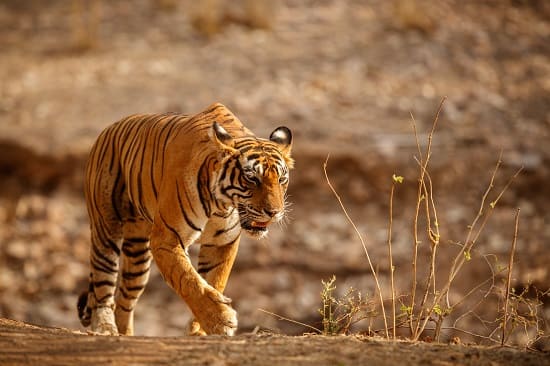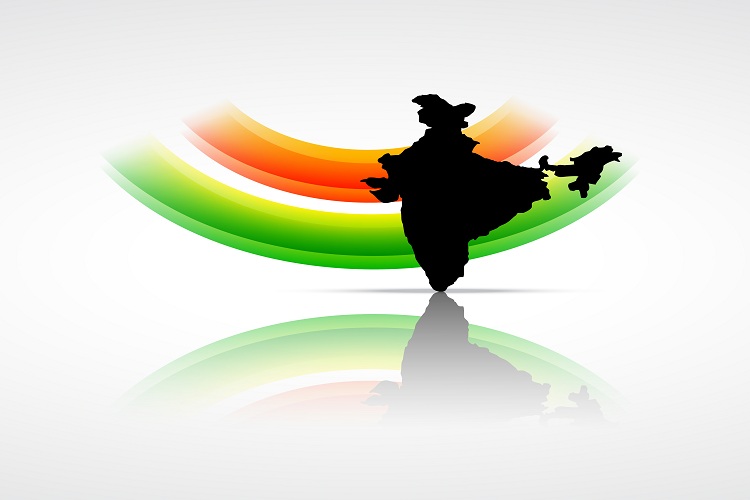National symbols are important symbols that represent a country’s identity and heritage. India, a land of diverse cultures and traditions, has several national symbols that are dear to its people. In this blog, we will learn about some of the most important national symbols of India for kids.
Learning courses for your kids! Get a free trial here
National Symbols of India for Kids
- National Flag: The national flag of India, also known as the Tiranga, is a tricolour flag with three horizontal bands of saffron, white and green with a navy blue wheel in the centre. The wheel represents the dharma chakra or the wheel of law, which symbolizes the idea of justice and fairness. The saffron color represents sacrifice and spirituality, while the white band stands for peace and truth. The green band symbolizes growth, life and fertility.
- National Anthem: The national anthem of India is “Jana Gana Mana,” written by Rabindranath Tagore. It was officially adopted as the national anthem of India in 1950. The song celebrates the unity and diversity of India and its people.
- National Song: The national song of India is “Vande Mataram,” which means “I bow to thee, Mother.” This song was written by Bankim Chandra Chatterjee and was an important part of India’s independence movement. It celebrates the beauty and glory of India and expresses love and devotion to the motherland.

- National Emblem: The national emblem of India is an adaptation of the Lion Capital of Ashoka, an ancient Indian emperor. The emblem features four lions standing back to back, symbolizing power, pride and courage. The lions are surrounded by a circular railing with sculptures of animals and plants. The emblem also features a Dharma Chakra in the center, which represents justice and fairness.
- National Animal: The national animal of India is the Bengal Tiger, which is known for its power, grace and beauty. Bengal Tigers are native to India and are found in various parts of the country, especially in the Sundarbans region. They are an important part of India’s biodiversity and are considered a symbol of India’s rich wildlife heritage.
- National Bird: The national bird of India is the Indian Peafowl, also known as the peacock. It is a colourful bird with beautiful and intricate feathers, which it displays in a fan-like manner during courtship. The peacock is revered in Indian culture and is considered a symbol of beauty, grace and pride.

- National Tree: The national tree of India is the Banyan Tree, also known as the Indian Fig Tree. The Banyan Tree is an enormous and long-lived tree with a wide-spreading canopy. It is considered sacred in many parts of India and is often associated with wisdom and longevity.
Also Read: How can Parents Make Their Child’s Online Learning a Success? Let’s Check Kids Learning Online!
Importance of Knowing about Symbols of India for Kids
Knowing about the national symbols of India is important for kids for several reasons:
- Cultural Awareness: Understanding the national symbols of India helps kids gain a deeper understanding of the country’s rich cultural heritage and traditions. They learn about the history, beliefs, and values that form the basis of Indian culture.
- Patriotism: Knowing about the national symbols helps instil a sense of pride and patriotism in kids. They learn to respect and honour their country, its people and its traditions.
- National Identity: National symbols help define a country’s identity and set it apart from other nations. By learning about India’s national symbols, kids can understand what makes India unique and what ties its people together.
- Unity: National symbols promote unity and national unity by creating a common cultural identity. Understanding the importance of national symbols helps bring people together and promote national unity.
- Respect for Diversity: India is a diverse country with many different cultures, languages and traditions. By learning about the national symbols, kids can understand the importance of respecting diversity and embracing different cultures and traditions.
Also Read: Republic Day Speech for Kids: Let’s Celebrate This 73rd Republic Day with Fun Activities
Conclusion
In conclusion, knowing about the national symbols of India is an important aspect of a child’s education. It helps foster cultural awareness, patriotism, national identity, unity and respect for diversity. These symbols provide a common cultural ground for all Indians, regardless of their language, religion or region, and help to strengthen the bonds that tie the country and its people together.







